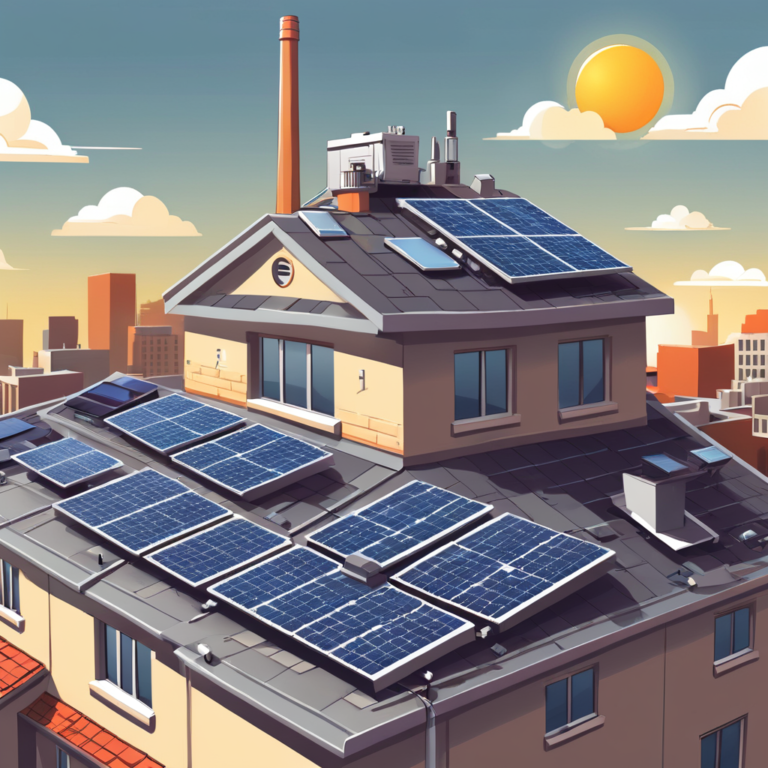
Water is flowing in the wind
Summary:
Bengaluru has a water crisis. Rain last year wasn’t enough and borewells are drying up.
Here’s what citizens can do:
Install Air to Water machines: These machines get drinking water from the air and can be used in homes or apartment buildings.
Use recycled water: Water from sewage treatment plants can be filtered and used for bathing, washing clothes, and flushing toilets.
These solutions are new and have challenges, but they can help reduce dependence on borewells. Residential associations should collaborate to test these solutions and share experience among each other.
Full article:
No matter which part of country you live in – chances are you would have heard about bengaluru’s water crisis. It’s in the news now but not a surprise to anyone living here. Most of the houses (independent or apartment complexes) are dependent on water supplied by tankers throughout the year since unprecedented growth started here.
- Municipal corporation here have never been able to supply enough piped water (a.k.a. Cauvery river water) to residents of India’s silicon valley. Since this city has been dependent on tanker water (mostly through illegal borewell) since long what is this crisis about? This time it’s about drying up of these bore-wells thanks to El Niño effect which led to bad monsoon rains last year. Last year rains in city were deficient so ground water didn’t recharge enough to sustain continuous supply to burgeoning population. So would it be fine if it city gets sufficient rain this year? Is it just few months problem? Well unfortunately we can’t wish it away. Though good rains would help recharge water table and some of defunct bore-wells may spring to life again. But the city is growing leaps and bound in all directions. New apartment complexes of 40+ floors are under construction throughout. Water demand isn’t peaking any time soon – so soon dried up borewells would be a permanent state throughout the year.
So what can be done about it?
- We will not talk about obvious solutions like government source water from other rivers to increase pipe water supply – much has been spoken about and we hope bengaluru authorities would do their best. Better late than never.
- We will focus on what as citizens we can do?
- Lower economic strata and increasingly middle class sections of society gets severely affected by this shortage. While the people belonging to lowest economic strata would be dependent on government help to tide over this crisis its again middle class that is left alone to fend for themselves. Bengaluru is known for its small and large size residential complexes – with most of middle class residing in these. It’s time these associations join hand to tide over this crisis. So let’s try to wrap our heads around the problem first:
| Water usage | Quality needed | Current source | Approx Usage per head per day ( Total per day per head: 135 Litres) Source: IS 1172:1993 | New potential sources |
| Drinking, cleaning kitchen utensils and food preparation. | Highest. Should be bacteria/virus free. TDS < 300ppm. | Borewell (tanker/in-house borewell) + Cauvery water. Treated/Filtered in-house via RO/non-RO filters. | Drinking: 5 Litre Cooking: 5L Utensils washing: 10 L | – Condensation (Air to Water ) machines installed at home Terrace of apartment complexes with solar power. – Rain Water Harvesting |
| Bathing, clothes washing, hand washing, floor mopping | Medium Should be bacteria/virus free. TDS can be as high as 600 or more. | Borewell (tanker/in-house borewell) + Cauvery water. Not treated. | Bathing: 55 L Clothes washing: 20L Mopping: 10L | STP recycled with additional filters |
| Toilet flushing, gardening | Brown water. Recycled water from local STP. | STP water where installed. Otherwise borewell + cauvery water. | Toilet: 30L | STP recycled water (either in house recycled or purchased) |
Now let us touch on potential new sources of water for each of the use-case:
- Drinking, Kitchen use: Many vendors (foreign and domestic) are selling condensation solutions to pull water from air. The water produced is of highest quality suitable for drinking and kitchen purpose. This can make homes self-sufficient in drinking water requirements as no external water supply is needed. Water is literally pulled from air, purified to drinking standards. It is similar to how natures water recycling works (clouds moisture is condensed to rain).The units are installed either at home (size slightly bigger than RO) or apartment complexes can install the commercial units that can produce 10KL per day or more. They can be powered using solar panels so the running costs are kept down. Technology is new but these are in wide use in countries like Israel. This can be game changer but it is slow and doesn’t produce enough water for large scale use like for bathing etc. But for drinking, kitchen use it produces sufficient quantity.
It is currently a costly solution but it will come down as scale increases. So for homes/associations that can afford this technology can secure their drinking supply forever.
- Bathing, washing, cleaning: This requires water that is bacteria free but higher TDS is acceptable as this is not ingested. Recycled water from STP can be subjected to additional filtering and then can be used for this purpose. There are solutions available in market that take STP water input and produce potable water that is of highest grade (can even be consumed). We understand mental block of not consuming treated water – hence we are advising to use this treated STP water for domestic purpose. This will significantly reduce requirement of borewell water.
- Toilet, flushing, gardening: For apartment complexes that already have STP they get sufficient amount of brown water for this use. But smaller or older residential complexes don’t have STP – they can purchase this water from bigger apartment complexes that always have excess of such water at cheap rates. This would serve both seller and buyer and take load off borewells.
Practical challenges:
- While the above advice may sound good on paper there are practical challenges to implementation.
– Condensation technologies (Air to Water): This is relatively new tech with few vendors providing it and long term usage reviews are still not available. It is advisable to start with proof of concept/pilot project and associations share their learnings among each other. Families who can afford it and has luxury of bigger kitchen space can install at home and be independent in their drinking water consumption. This will also free up resources for others. - STP recycled water trading: Transportation costs, finding consumers nearby, tankers availability and plumbing requirements. Solution to these issues will be discovered as and when more associations start collaborating and tackle these one at a time.




